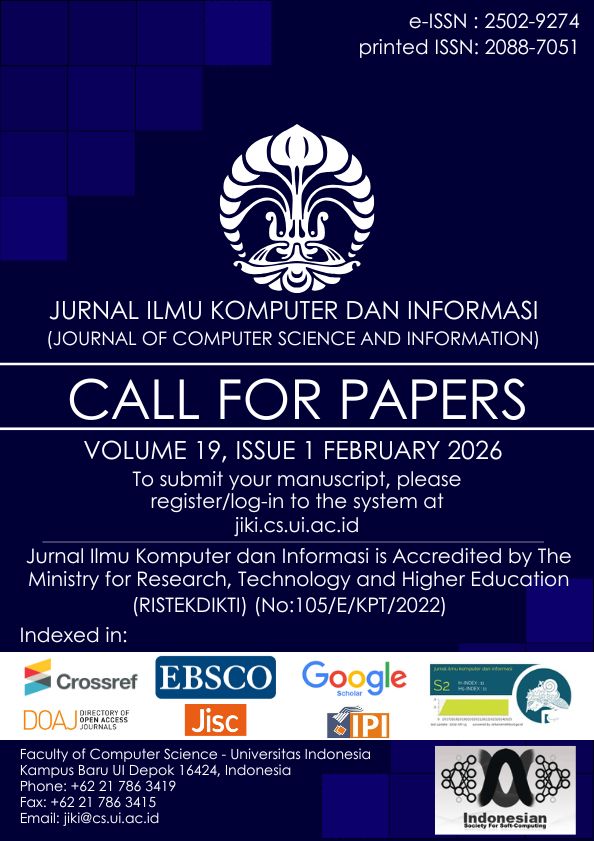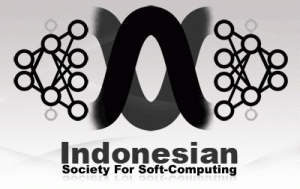Rethinking Smart Keyboard Layout to Aid Strong Password Creation
DOI:
https://doi.org/10.21609/jiki.v17i1.1235Abstract
In an era marked by increasing digitization and the omnipresence of smartphones, the importance of robust
password security cannot be overstated. With the ever-growing threat of cyberattacks, there is a pressing need
for user-friendly tools that facilitate the creation of strong and unique passwords. Traditional alphanumeric
keyboard layouts (physical or virtual) have remained largely unchanged for decades, relying on the same
QWERTY layout initially designed for typewriters. However, these layouts may not be optimal for generating
strong passwords. This paper focuses on tailoring virtual keyboard layouts on smartphones specifically for
strong password creation. For this, we have performed extensive user surveys to see if the presence of
dedicated rows for digits and special characters (essential in any strong password) allows users to create
stronger passwords compared to regular smartphone keyboard layout. Apart from that, we also investigated
the optimal assignment of characters, digits, and special characters and their groupings in a single soft key.
The findings from the detailed user experiment suggested optimal settings for a smartphone virtual keyboard
(for Android) like- diagonal length for good typing speed (approximately between 8.38 and 9.41 cm), and
key density (0.88 to 1.21 keys/cm2) which produces the least error without sacrificing the strength of
passwords created using those layouts. We hope the outcome of this paper will help designers to aid virtual
keyboard layouts for smartphones that can motivate and create strong passwords without sacrificing usability.
Downloads
Published
How to Cite
Issue
Section
License
Authors who publish with this journal agree to the following terms:
- Authors retain copyright and grant the journal right of first publication with the work simultaneously licensed under a Creative Commons Attribution License that allows others to share the work with an acknowledgement of the work's authorship and initial publication in this journal.
- Authors are able to enter into separate, additional contractual arrangements for the non-exclusive distribution of the journal's published version of the work (e.g., post it to an institutional repository or publish it in a book), with an acknowledgement of its initial publication in this journal.
- Authors are permitted and encouraged to post their work online (e.g., in institutional repositories or on their website) prior to and during the submission process, as it can lead to productive exchanges, as well as earlier and greater citation of published work (See The Effect of Open Access).










